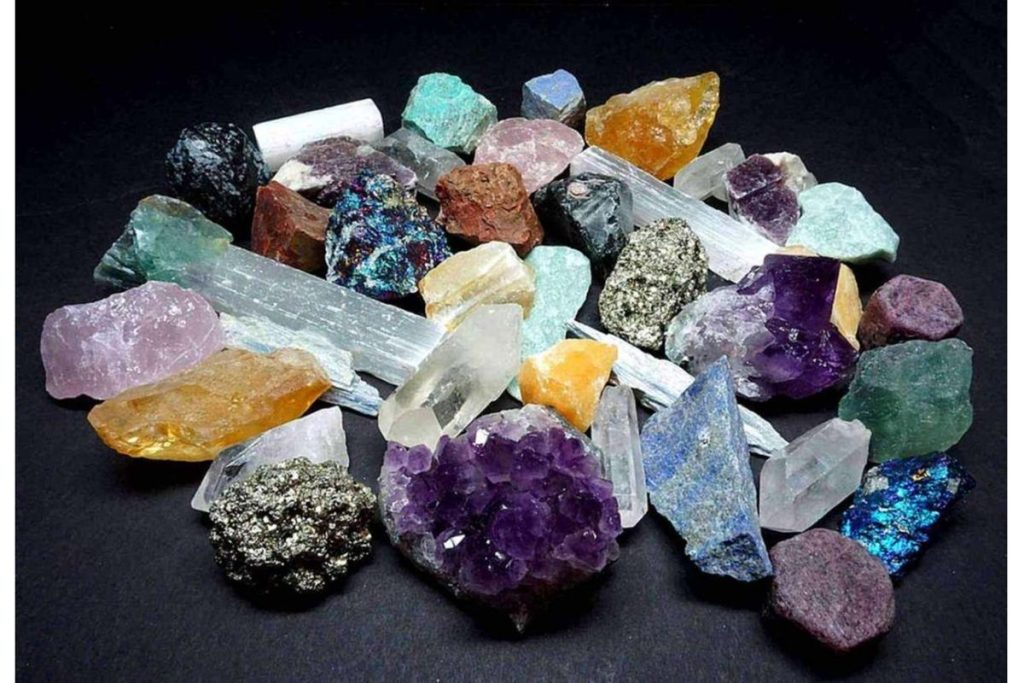Tanzania has significant deposits of minerals critical to the clean energy transition. For example, nickel deposits have been discovered in the Kagera region, estimated at over 1.52 million tons. Over 18 million tons of graphite reserves are present mainly in the Lindi, Morogoro, and Tanga Regions, which is said to be the 5th largest reserve of graphite in the world.
About 138 billion cubic feet of helium is present at Lake Rukwa Basin – said to be the second-largest helium deposit in the world. According to a Critical Mineral scoping study by the Natural Resources Governance Institute in 2021, there are about 20 other deposits of critical mineral deposits in Tanzania, such as copper, lithium, etc.
This new epoch of a potential transition to clean energy offers a unique moment in global history similar to what I have called ‘an era of a new dance’ in the minerals sector. In many new technologies, copper, nickel, lithium, and cobalt are vital for batteries. An electric vehicle, for instance, typically contains lithium-ion batteries, which require lithium, nickel, manganese and cobalt-bearing minerals.
Solar panels and wind turbines are made with nickel, graphite, and copper. Telecommunication devices we use, such as phones and laptops, require a wealth of minerals, including tantalite, wolframite, graphite, bauxite, etc.
Based on government data, Tanzania is or should be potentially gearing up for a new era and potential ‘new dance’ that may or could gain faster momentum in the near future. There are 26 exploration projects, two operating mines, two mines under construction, eight projects with Joint Ore Reserve Certification (JORC) for further investment, and seven confirmed occurrences of critical mineral deposits in Tanzania.
The opportunities for critical mineral exploitation are, therefore, certainly there. However, the growing demand for essential minerals will offer social and economic benefits and challenges to Tanzania’s extractive sector.
To realize the opportunities offered by this resource wealth, Tanzania needs to take a deeper look at its Policy and Legal frameworks to ensure proper governance of the sector and a clear identification of its position through a well-tailored strategy on critical minerals. Consequently, this feature article analyzes the future of the mining sector, focusing on the potential impacts related to the energy transition agenda and the presence of essential minerals in Tanzania’s mining sector in general.
Titan Lithium Inc., a Canadian mining company, has recently discovered significant lithium deposits in the Mount Kilimanjaro region of Tanzania. The company’s CEO, Craig Alford, has described the discovery as “exceptional,” mainly because the area had not previously been explored for lithium. The company’s exploration projects, Titan 1 and Titan 2, cover approximately 200 square kilometers in the region. Preliminary surface sampling has indicated the presence of high-value lithium over extensive distances. The company is still in the process of defining the boundaries of the discovery across the entire area.
The CEO, Mr. Alford, has compared the more extensive Titan 1 prospect to Titan Lithium’s main West End Lithium project in Nevada, USA, which is considered one of the world’s most extensive lithium resources. The Tanzanian discovery, he says, is morphologically and depositionally similar.
The discovery in Tanzania is significant as lithium is a critical mineral in the clean energy transition, being a key component in the manufacture of modern batteries, including lithium-ion batteries for electric vehicles. This discovery surpasses previous lithium findings in Tanzania, primarily in Mohanga, near Dodoma in Central Tanzania.
Australian multinationals Liontown Resources and Cassius Mining Ltd have established operations in this region, identifying lithium deposits and acquiring prospecting licenses. However, the company’s exploration director, Harp Sangha, has noted that the commencement of formal drilling is contingent on obtaining necessary approvals from Tanzanian authorities, which could take some time. As such, no specific timelines for the start of drilling have been provided.
The Energy Transition and Development Dilemma
The energy debate also offers dilemmas for resource-rich countries. As mentioned above, Tanzania is a potential supplier of the critical minerals, such as lithium, needed for the global clean energy transition. But by doing so, Tanzania has to balance its development imperative and climate change obligations. The new search for critical minerals could also mean more marginal lands opened for exploration and mining.
Mineral extraction, in general, often comes with risks and adverse effects on the environment and local populations, and hence, with more/ different resource extraction, good governance and commitment to environmental and climate change mitigations will be primordial.
As part of critical minerals, for example, investment and uranium extraction for nuclear energy technology will have to be balanced with environmental and human safety as Uranium is dangerous. It can adversely affect and contaminate the environment and people with radioactive dust, radon gas, water-borne toxins, and increased background radiation levels if poorly managed.
In short, regardless of the growing demand for nuclear power, in making investment decisions, the government must consider that extracting specific mineral resources, such as Uranium, threatens human health and life. Overall, the new demands for energy transition and the desire to secure energy sources will push resource-rich countries to make investment decisions.
To ensure clean energy, critical minerals supply chains, as the new dawn, will see a spike in outward investment in the search for essential minerals and jostle to control known reserves, on extracting fossil fuels and minerals at a higher risk of losing market and capital as clean energy becomes the new paradigm. The GoT decision on the investment pathway needs to be strategically aligned to benefit from this contemporary dance.

